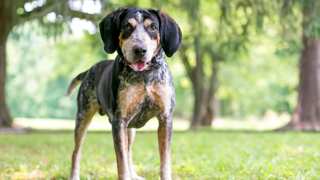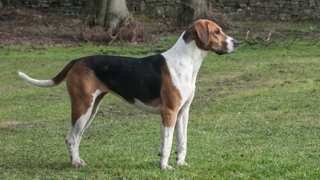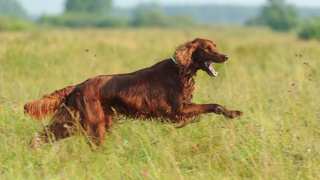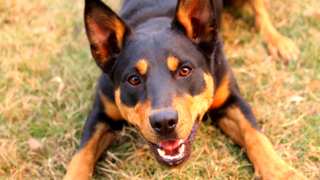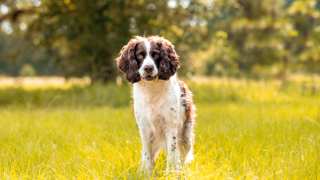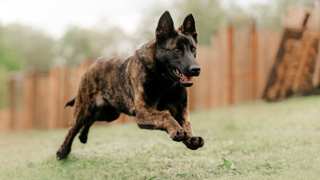As an active, athletic hunting breed, English Setter exercise requirements are pretty extensive. These dogs will need a good amount of outdoor activity every day (meaning they're best for owners living in rural and suburban homes with decent-sized yards, and aren't suited for apartment life). Since they're intelligent and task-oriented, English Setters need exercises that stimulate them mentally as well as physically. They also make great jogging or bicycling companions.
The typical adult ES, depending on its age and overall activity level, will need 60 minutes of exercise per day at the very least. You can start exercising your ES puppy at three months old by taking it on short (10-minute) leashed walks, then you can increase the walks' length and frequency as the puppy grows.
A few things to keep in mind when exercising your English Setter: first, puppies younger than nine months old shouldn't participate in activities that include a lot of jumping, running, or navigating of stairs, as doing so can injure their still-developing joints and bones. And all English Setters, regardless of age, must be leashed when in public. These dogs have incredibly high prey drives, and will instinctively chase most any small animals they see--birds, squirrels, cats, even small dogs--if given the chance; a leash will help you control your ES when it spies an interesting-looking critter. Even when exercising in your own yard (which is hopefully large!), the area will need to be securely fenced to keep the dog from running off after birds or squirrels. Otherwise, English Setters are hardy, adaptable dogs that can exercise in a variety of environments and weather conditions.
Precautions aside, it's very important to exercise your English Setter every single day. While laid-back and playful, these dogs are task-oriented and hard-working, and if bored or restless they'll become frustrated and high-strung--which will lead to disobedience, excessive barking and digging, and destructiveness. Consistent exercise will be great for the dog's peace of mind, and for your own sanity! Here are a few exercise ideas:
- Walking/Jogging/Bicycling: Two 30-minute walks (or 20 minute jogs or bike rides) per day is a good target
- Fetch: These dogs will chase a ball or stick for hours
- Tug-of-War: Great indoor, rainy-day activity; use a rope or old towel
- Hunting: Puts an English Setter in its natural element
- Canine Sports: An ES can excel at agility and obedience trials and other competitions
- Hiking: Excellent bonding activity; bonus if you can find a remote area where the dog can be off-leash
If your English Setter needs to remain indoors for long periods, it's a good idea to give the dog access to one or more balls or toys that will allow it to burn excess energy. It's also recommended that you establish a regular exercise schedule for the dog, such as walks, jogs, or bike rides after breakfast and dinner and a play period in the afternoon.

